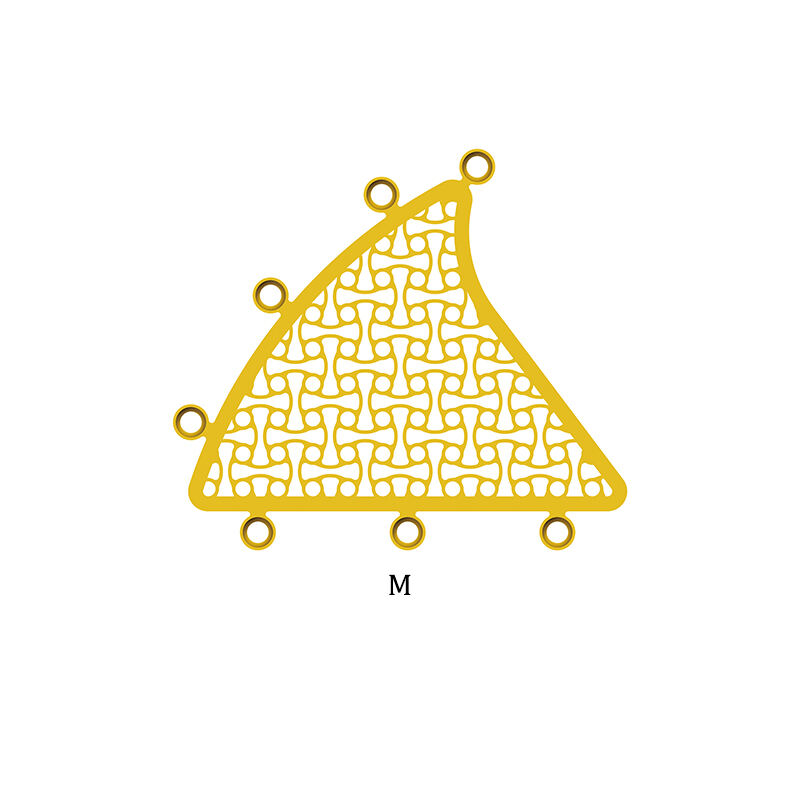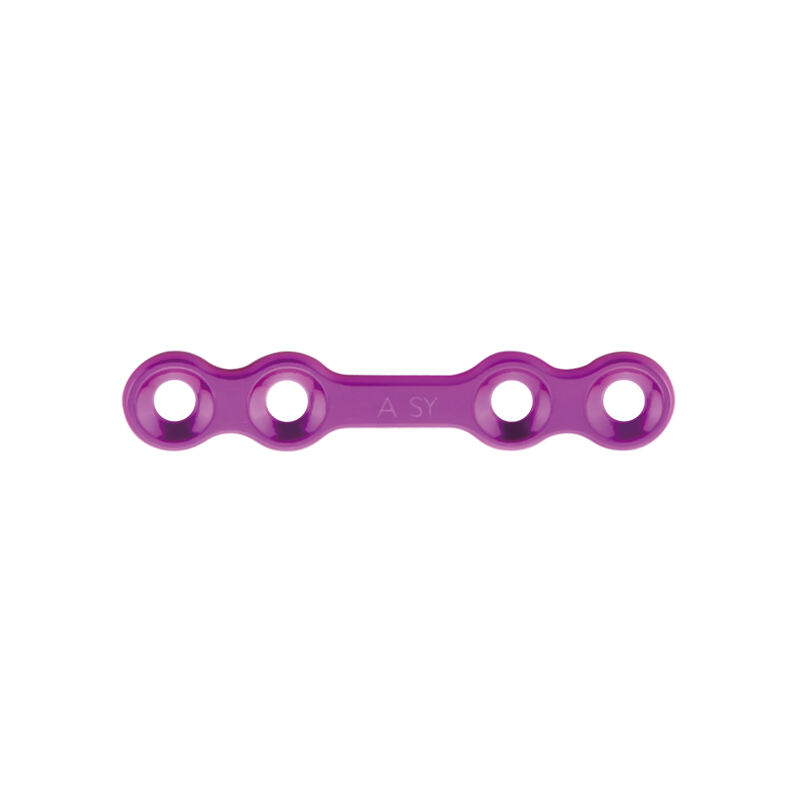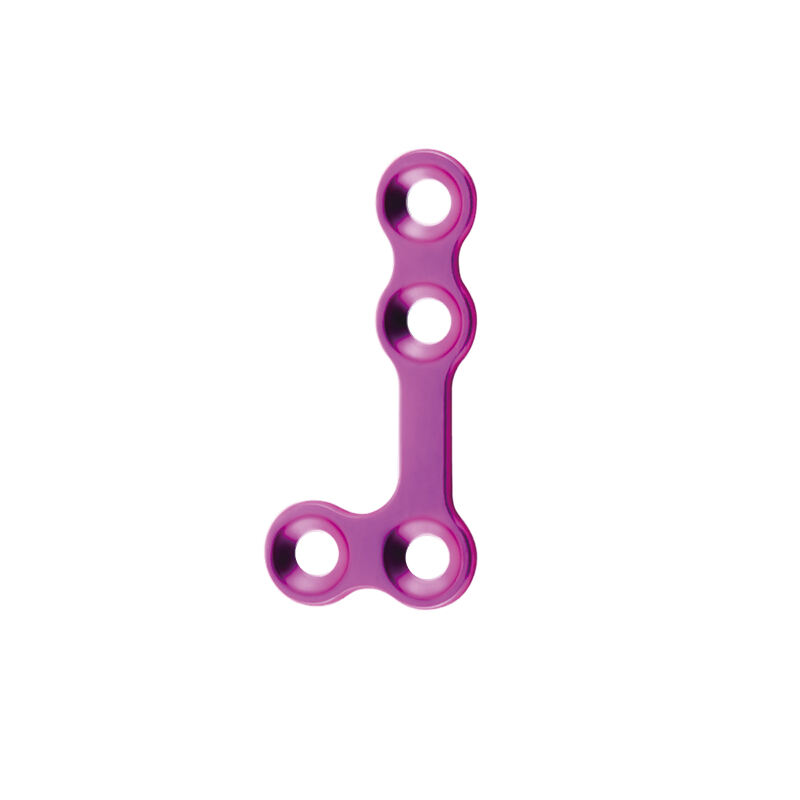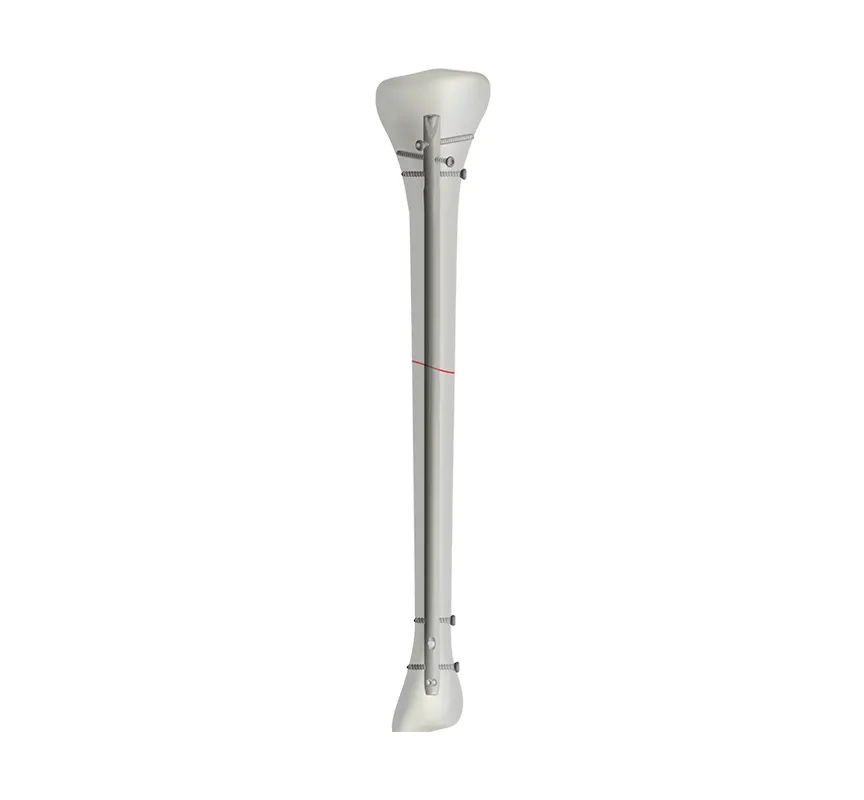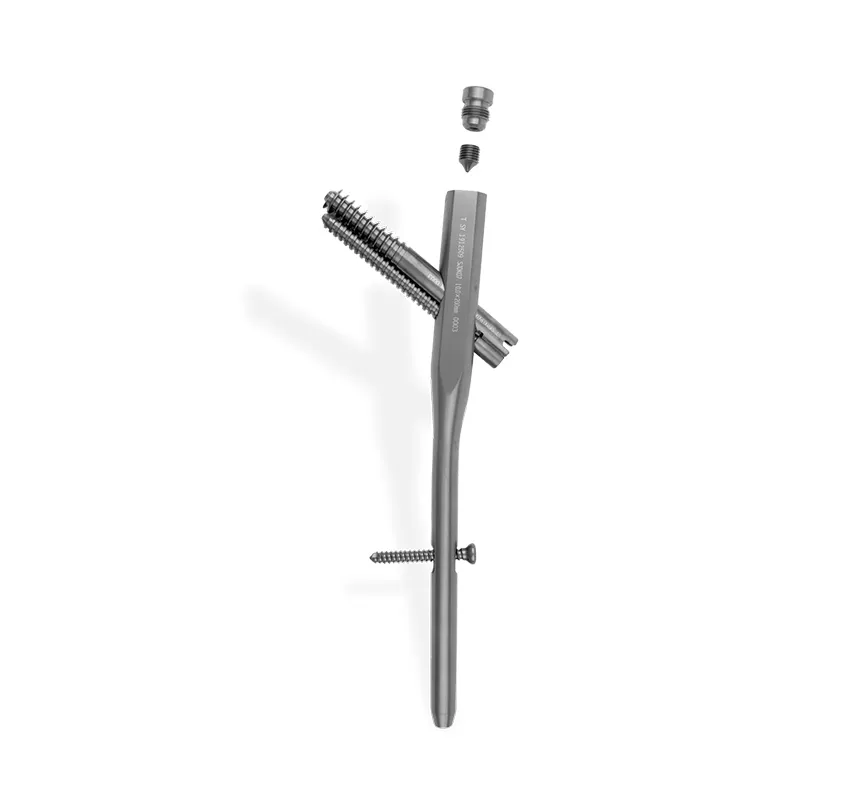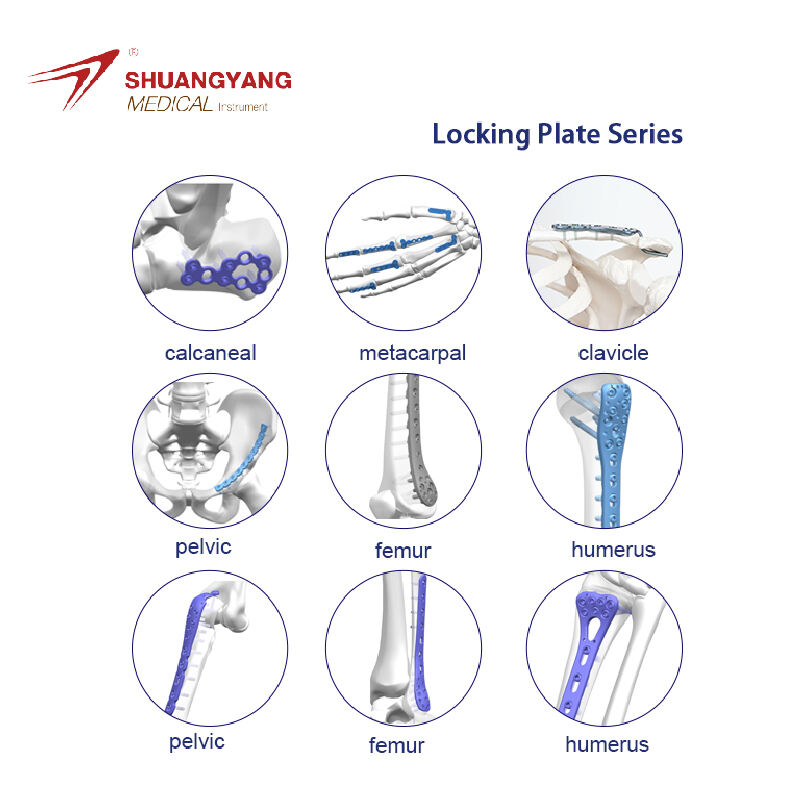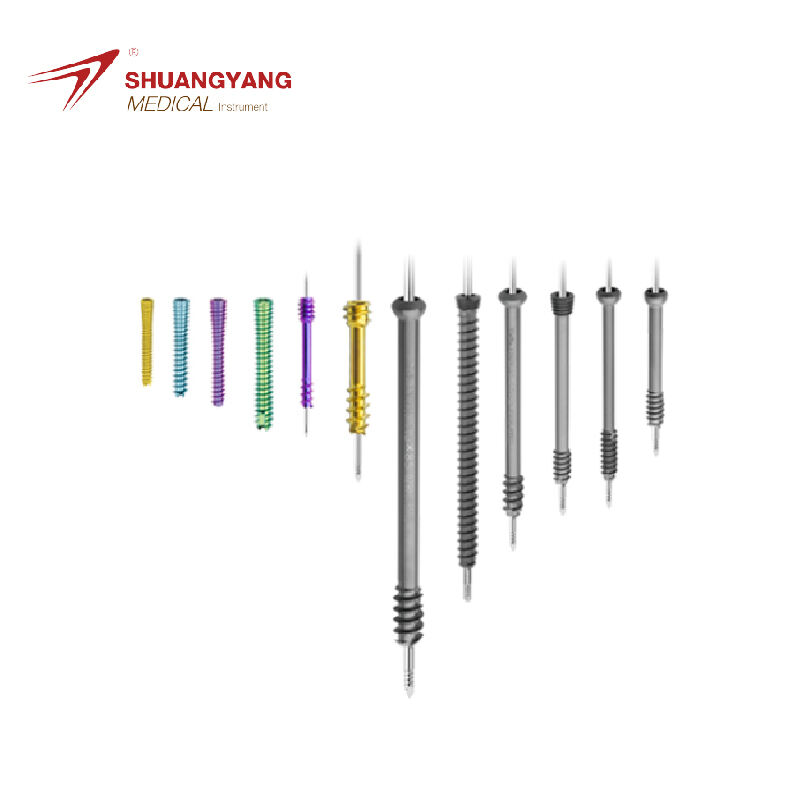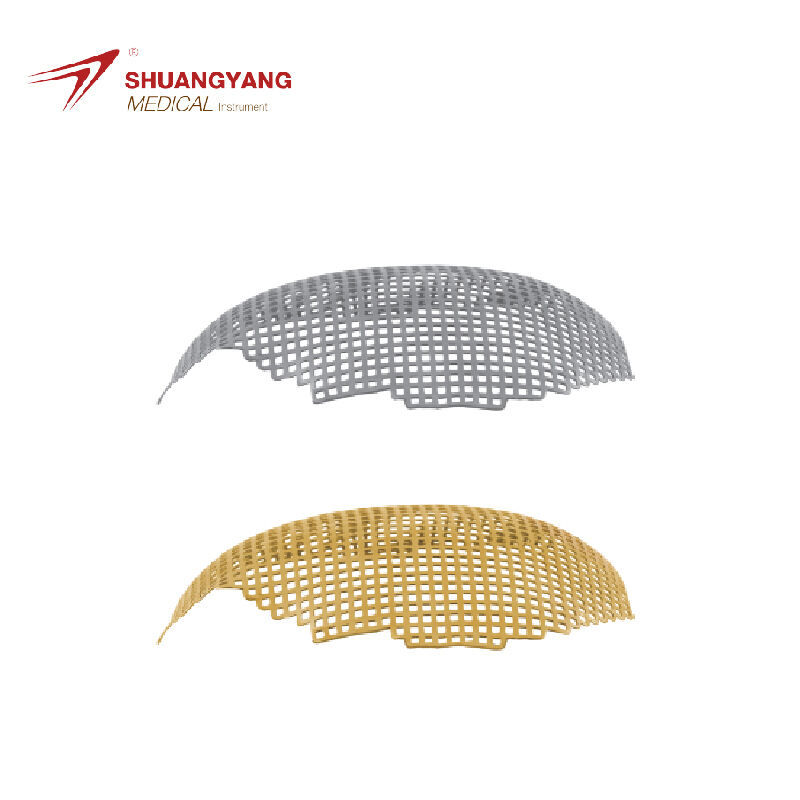posterior lumbar interbody fusion
Posterior lumbar interbody fusion (PLIF) is a surgical technique designed to treat spinal conditions by merging two vertebrae in the lower back. Its main function is to stabilize the spine by creating a solid bone between the vertebrae, which reduces pain and nerve irritation caused by conditions like disc degeneration or spinal instability. Technological features of PLIF include the use of bone grafts, cages, and screws to maintain the fusion's integrity. The procedure is minimally invasive, utilizing advanced imaging and surgical tools for precise placement. PLIF's applications range from relieving chronic lower back pain to correcting spinal deformities, offering patients a chance at a more active lifestyle.
 EN
EN
 FR
FR
 ES
ES
 AR
AR

